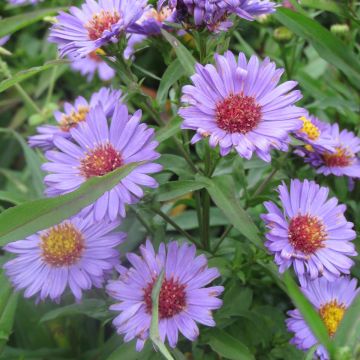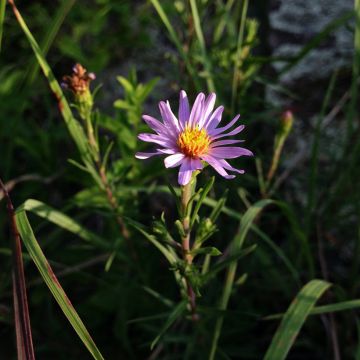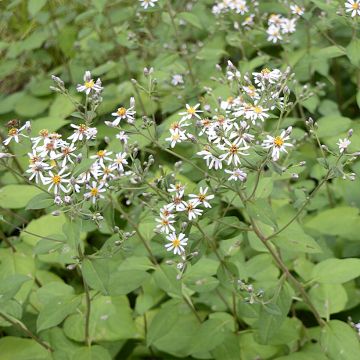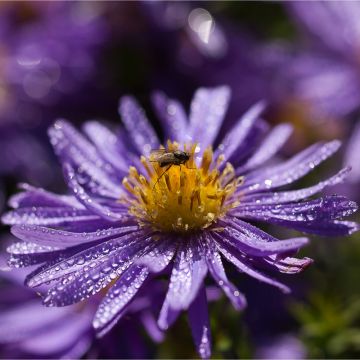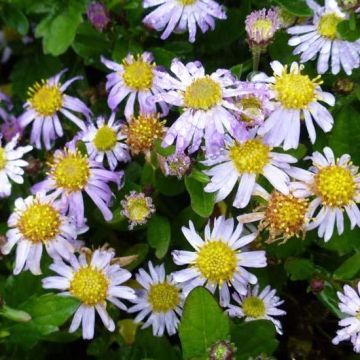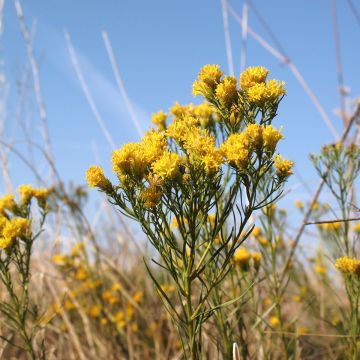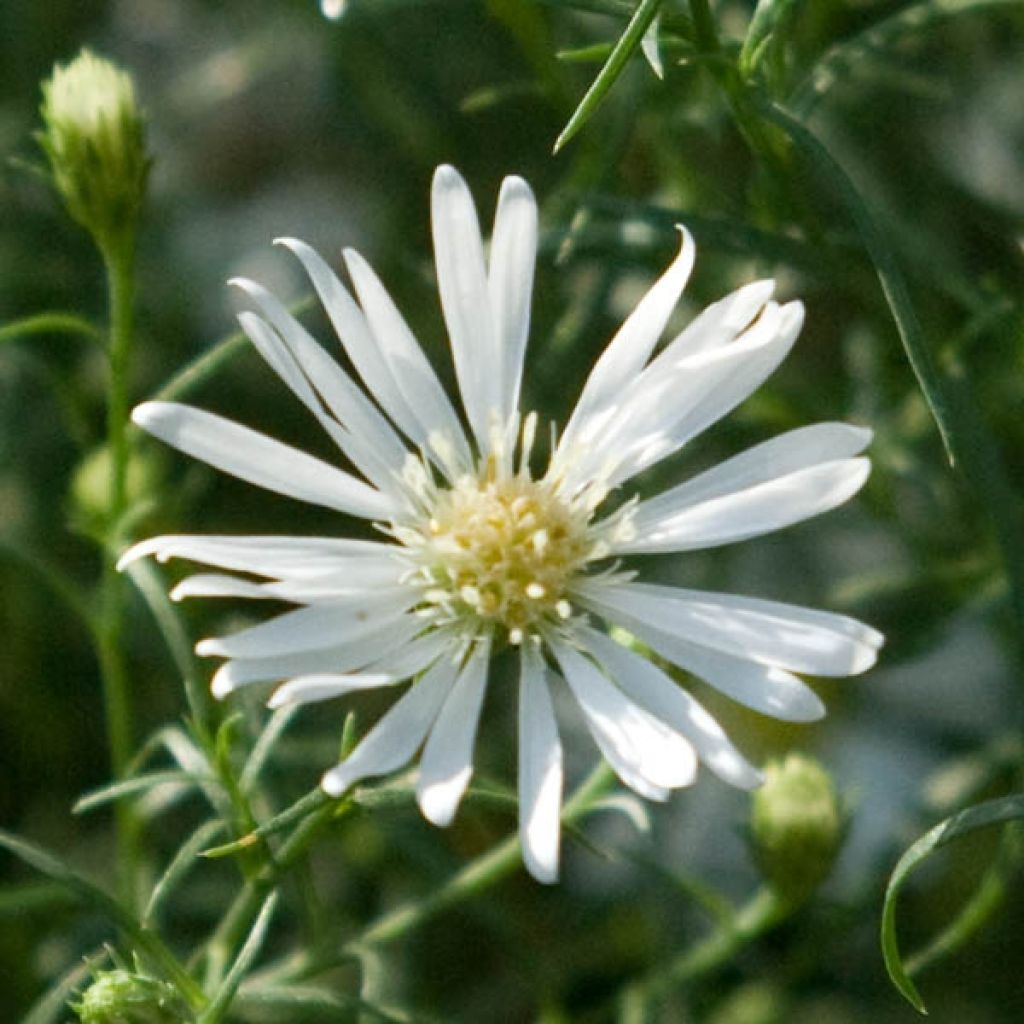

Aster pringlei Monte Cassino
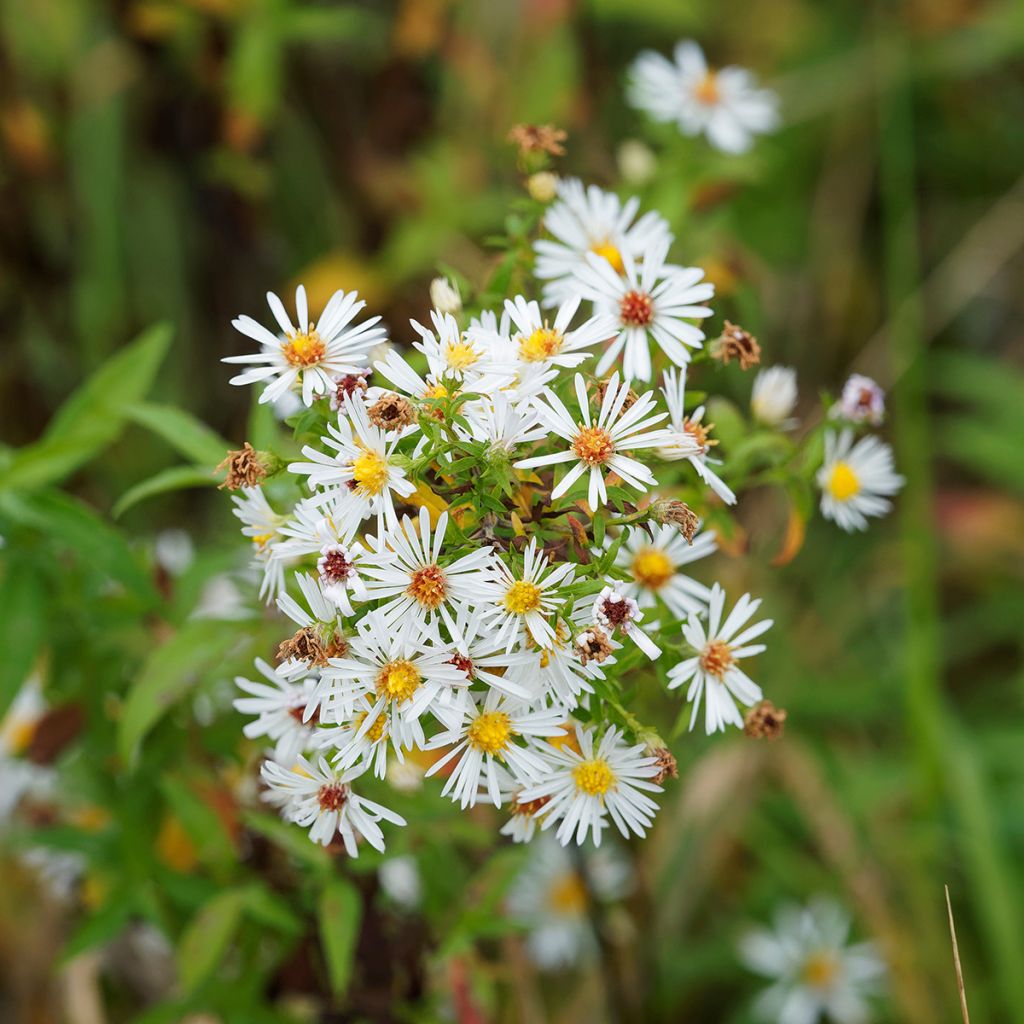

Aster pringlei Monte Cassino
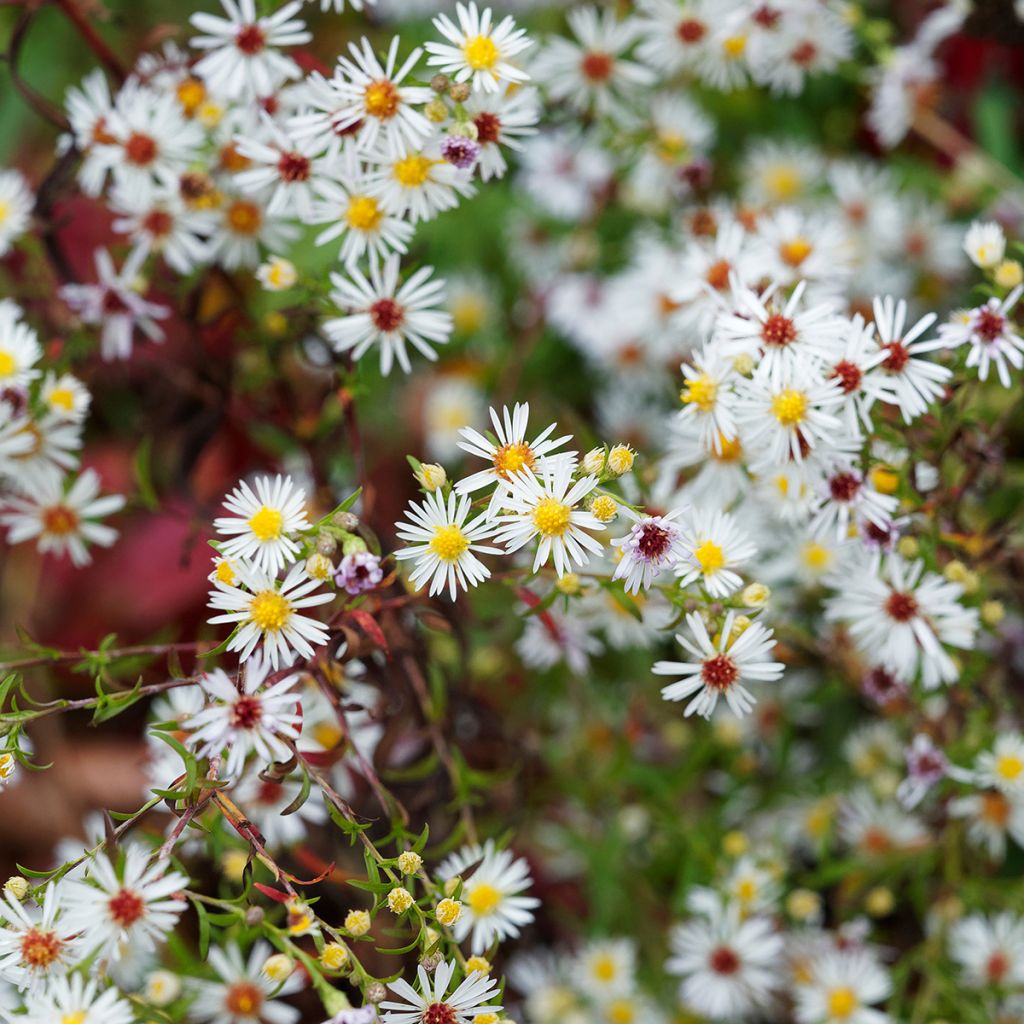

Aster pringlei Monte Cassino
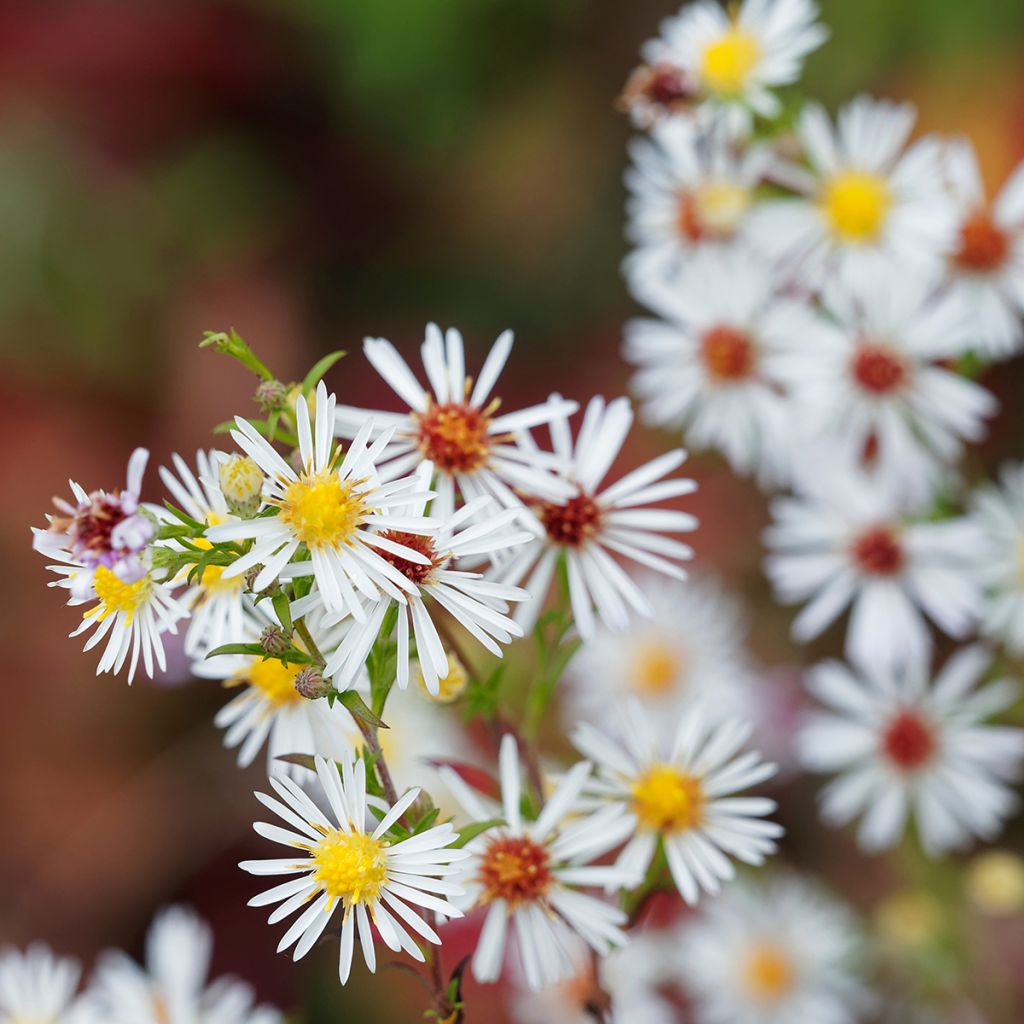

Aster pringlei Monte Cassino
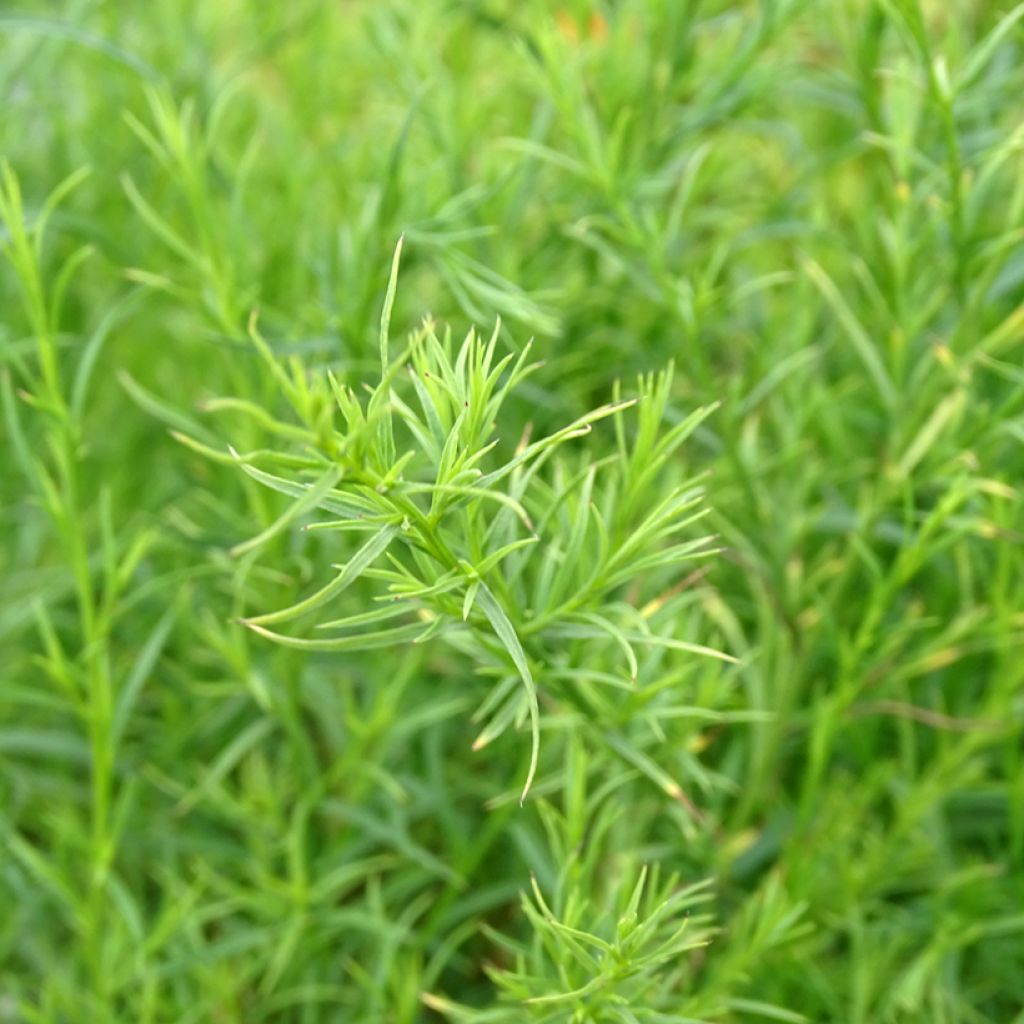

Aster pringlei Monte Cassino
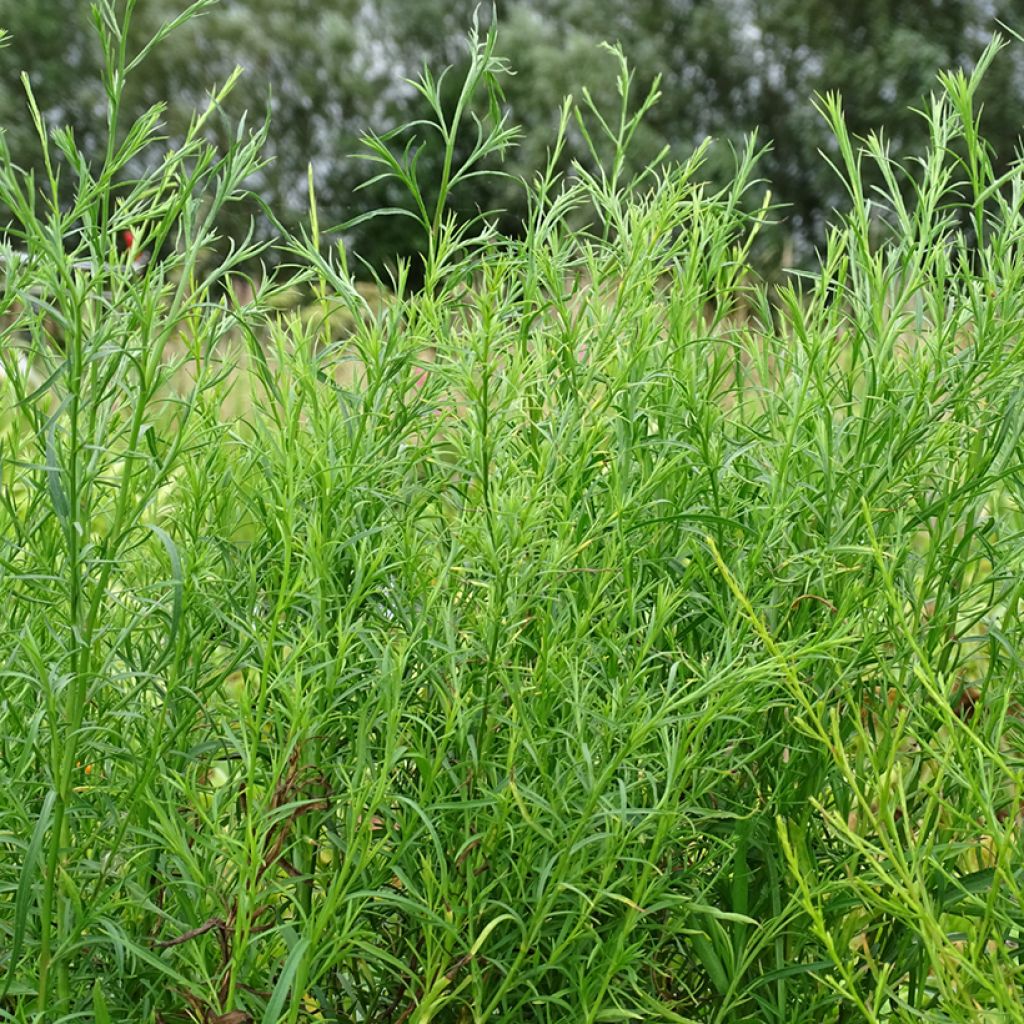

Aster pringlei Monte Cassino
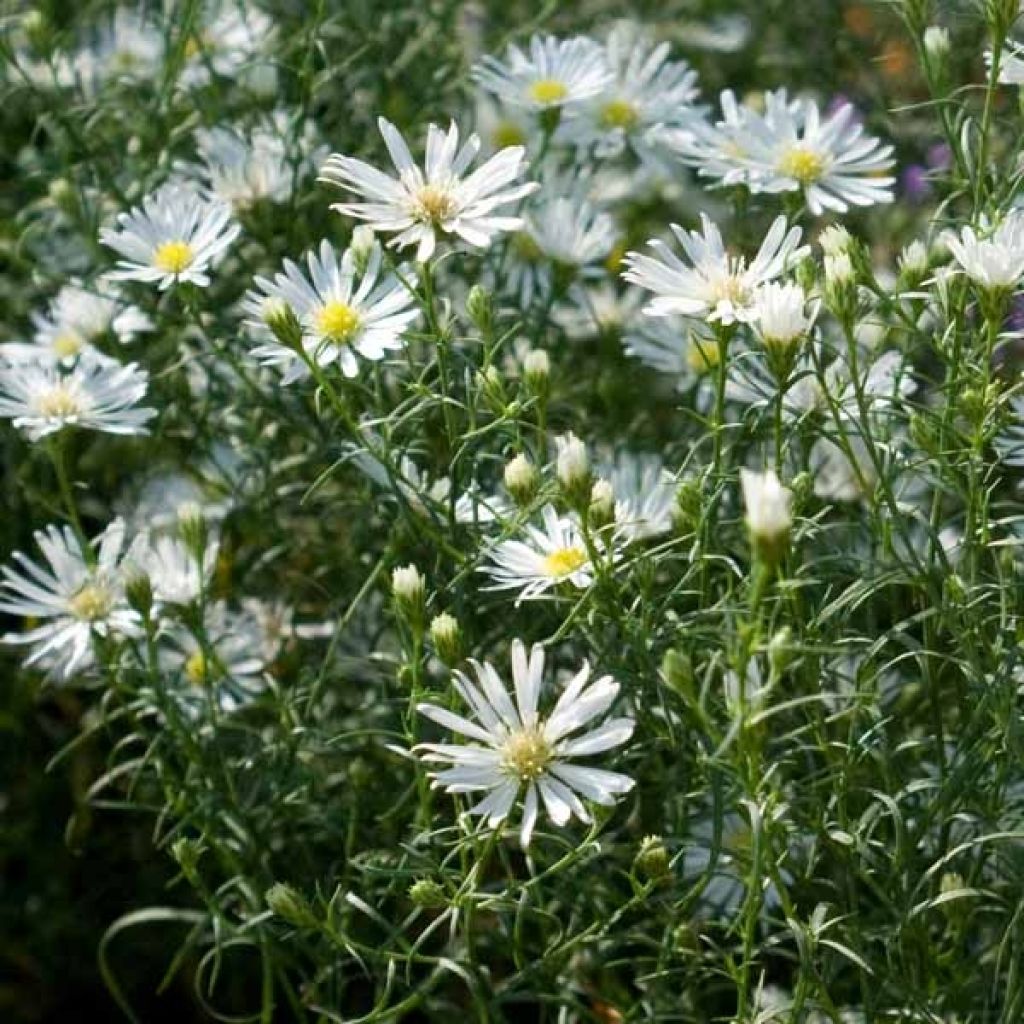

Aster pringlei Monte Cassino
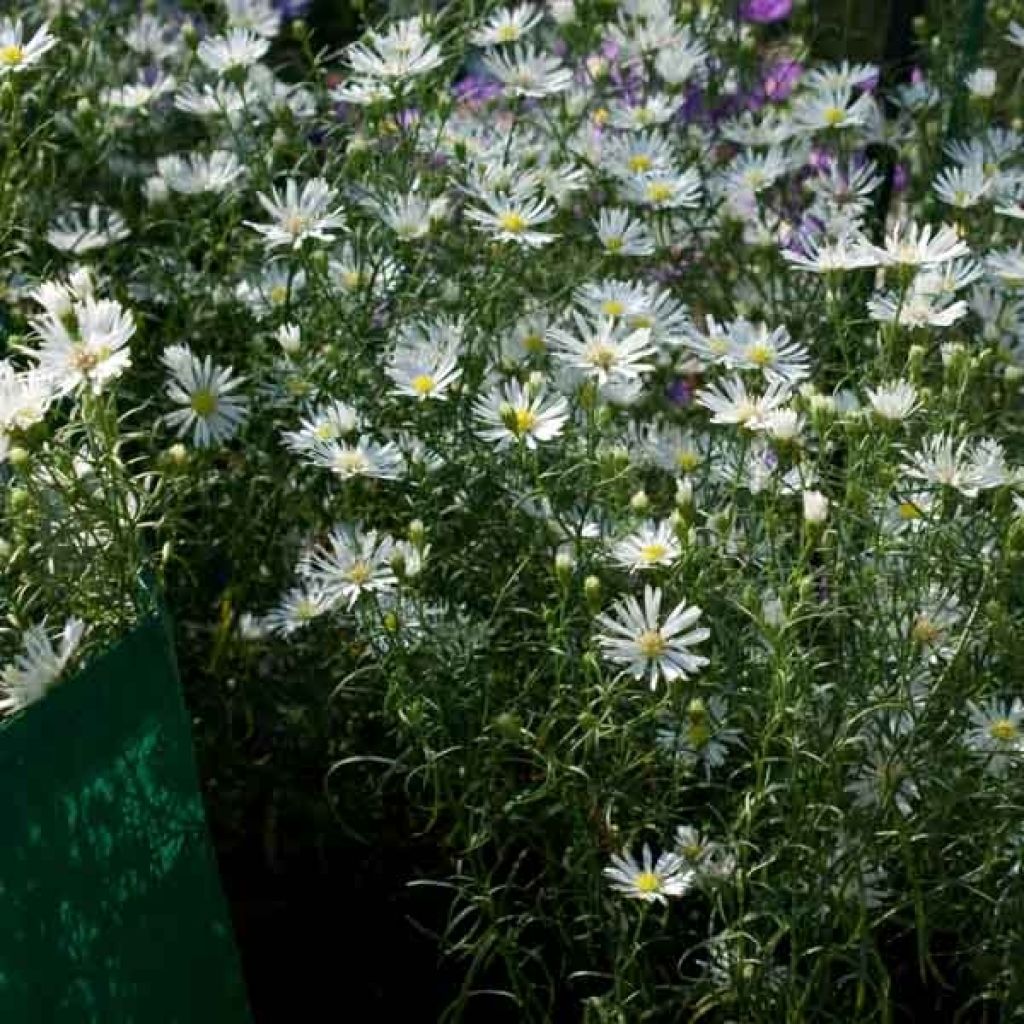

Aster pringlei Monte Cassino
Aster pringlei Monte Cassino
Aster ericoides pringlei Monte Cassino
Pringle's Aster
This item cannot be shipped to the selected country
Delivery charge from €5.90
Delivery charge from €5.90
More information
Delivery charge from €5.90
Delivery charge from €5.90
More information
Schedule delivery date,
and select date in basket
This plant carries a 12 months recovery warranty
More information
We guarantee the quality of our plants for a full growing cycle, and will replace at our expense any plant that fails to recover under normal climatic and planting conditions.
From €5.90 for pickup delivery and €6.90 for home delivery
Express home delivery from €8.90.
From €5.90 for pickup delivery and €6.90 for home delivery
Express home delivery from €8.90.

Does this plant fit my garden?
Set up your Plantfit profile →
Description
Aster pringlei Monte Cassino is a precious perennial for bringing the garden to life in autumn, a time of year when flowers are less common. Forming a clump of stems adorned with delicate foliage, the plant transforms into a cloud of small white stars with golden hearts that sway in the breeze. Perfectly hardy and undemanding, it is an ethereal plant that requires very little maintenance. Whether in the garden or in a vase, its flowers add lightness to bouquets of dahlias, late roses, and large hydrangea heads...
Aster pilosum or ericoides var. pringlei is a perennial herbaceous plant native to eastern North America. It is a hardy species that prefers rich, limey soil that is not too dry in summer. The 'Monte Cassino' cultivar was selected for its abundant flowering. It first forms rosettes of small leaves close to the ground, which persist through winter, occupying about 30-40 cm (12-16in) of space. During the summer, sparsely leafed stems emerge from the ground, reaching a height of up to 90 cm (35in). The leaves that adorn its stems are very small, thin, and dark green. In late summer or early autumn, from September to November, clusters of delicate 10 cm (4in) long panicles emerge, adorned with tiny 'flowers', resembling white daisies with yellow hearts. The floral stems of this autumn star can be laid flat by wind and rain, so it is sometimes necessary to stake them. Bees and other pollinators also appreciate this beautiful autumn flowering. Maintenance simply involves pruning the dried floral stems in late winter.
Airy, light, and generous, the Aster pringlei Monte Cassino is a fabulous plant for naturalistic or countryside-style flower beds. It forms beautiful combinations with grasses such as Miscanthus, Eragrostis or Muhlenbergia capillaris, echinaceas, or even goldenrods. Its airy flowering adds a touch of lightness to that of repeat-flowering roses, in the same way as baby's breath. Pair it with your favourite dahlias, autumn daisies, Sanguisorba (burnets), persicarias, and more... It is also highly appreciated for bouquets, thanks to its long stems.
Aster pringlei Monte Cassino in pictures
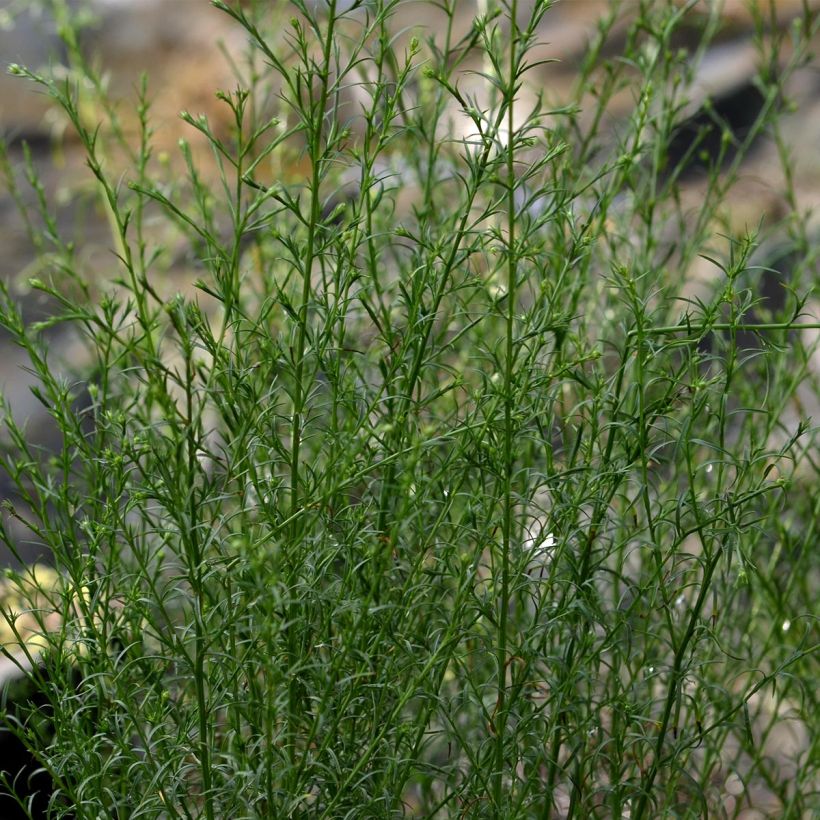

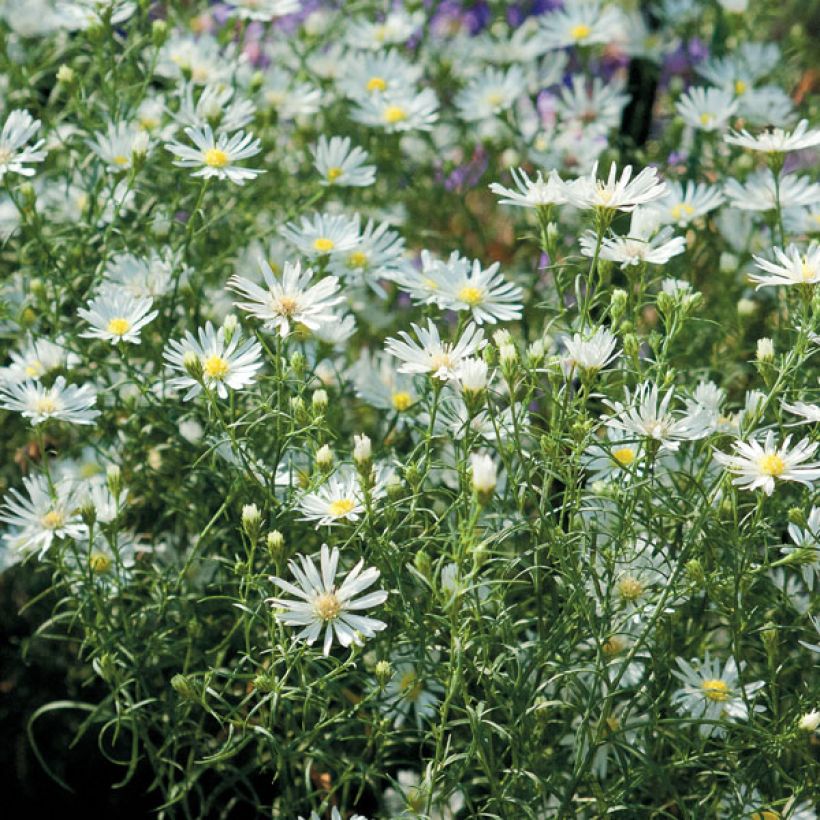

Flowering
Foliage
Plant habit
Botanical data
Aster
ericoides pringlei
Monte Cassino
Asteraceae
Pringle's Aster
Symphyotrichum ericoides
Cultivar or hybrid
Other Asters
Planting and care
Aster pringlei Monte Cassino can be grown in full sun or light shade. It is easy to grow and requires rich soil, preferably moist but well-drained, does not tolerate arid conditions and is sensitive to excessively heavy and wet winter soil. Plant asters in autumn or spring, at a distance of 30 to 70 cm (12 to 28in) from each other (do not be fooled by the small size of the young plants in pots: they grow quickly!). After flowering, the asters can be pruned to remove faded flowers and prevent self-seeding. They can be divided in spring, every 3-4 years, if they become too large. If the aster grows taller than 80 cm (32in), provide support in March.
Planting period
Intended location
Care
-
, onOrder confirmed
Reply from on Promesse de fleurs
Haven't found what you were looking for?
Hardiness is the lowest winter temperature a plant can endure without suffering serious damage or even dying. However, hardiness is affected by location (a sheltered area, such as a patio), protection (winter cover) and soil type (hardiness is improved by well-drained soil).

Photo Sharing Terms & Conditions
In order to encourage gardeners to interact and share their experiences, Promesse de fleurs offers various media enabling content to be uploaded onto its Site - in particular via the ‘Photo sharing’ module.
The User agrees to refrain from:
- Posting any content that is illegal, prejudicial, insulting, racist, inciteful to hatred, revisionist, contrary to public decency, that infringes on privacy or on the privacy rights of third parties, in particular the publicity rights of persons and goods, intellectual property rights, or the right to privacy.
- Submitting content on behalf of a third party;
- Impersonate the identity of a third party and/or publish any personal information about a third party;
In general, the User undertakes to refrain from any unethical behaviour.
All Content (in particular text, comments, files, images, photos, videos, creative works, etc.), which may be subject to property or intellectual property rights, image or other private rights, shall remain the property of the User, subject to the limited rights granted by the terms of the licence granted by Promesse de fleurs as stated below. Users are at liberty to publish or not to publish such Content on the Site, notably via the ‘Photo Sharing’ facility, and accept that this Content shall be made public and freely accessible, notably on the Internet.
Users further acknowledge, undertake to have ,and guarantee that they hold all necessary rights and permissions to publish such material on the Site, in particular with regard to the legislation in force pertaining to any privacy, property, intellectual property, image, or contractual rights, or rights of any other nature. By publishing such Content on the Site, Users acknowledge accepting full liability as publishers of the Content within the meaning of the law, and grant Promesse de fleurs, free of charge, an inclusive, worldwide licence for the said Content for the entire duration of its publication, including all reproduction, representation, up/downloading, displaying, performing, transmission, and storage rights.
Users also grant permission for their name to be linked to the Content and accept that this link may not always be made available.
By engaging in posting material, Users consent to their Content becoming automatically accessible on the Internet, in particular on other sites and/or blogs and/or web pages of the Promesse de fleurs site, including in particular social pages and the Promesse de fleurs catalogue.
Users may secure the removal of entrusted content free of charge by issuing a simple request via our contact form.

































